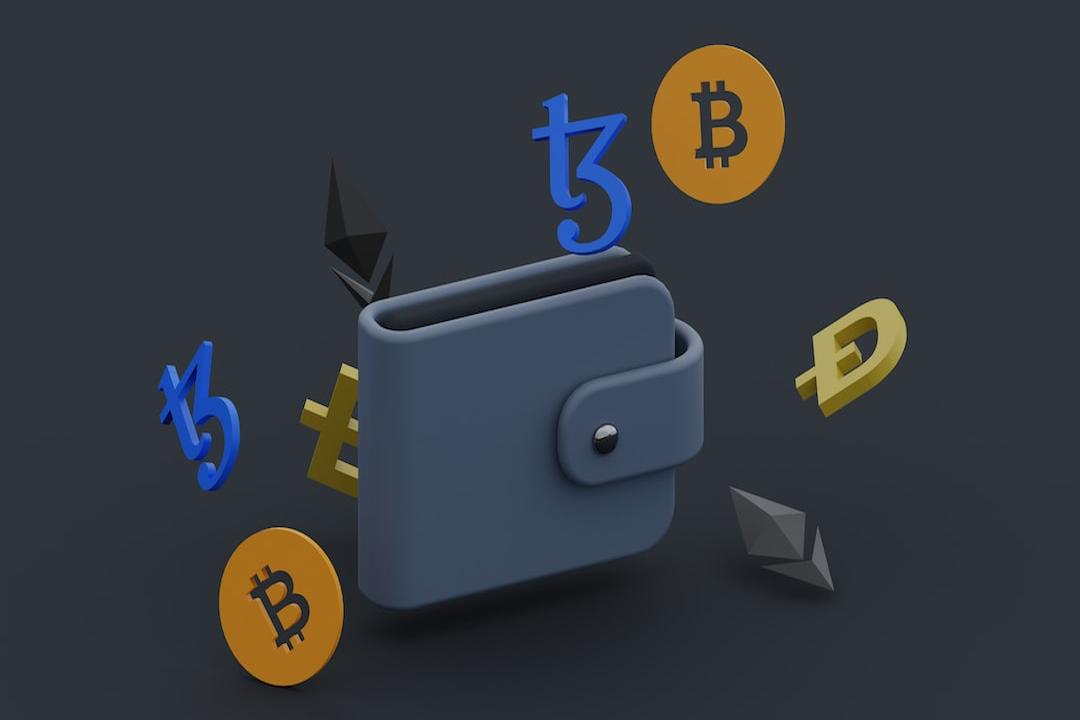Spanish telecommunications company Telefónica announced a partnership with decentralized oracle provider Chainlink to enhance the security of smart contracts and prevent hackers and vulnerabilities associated with Web3, including SIM card swap attacks.
Telefónica is a telecommunications company based in Spain and is the fifth-largest fixed-line and mobile operator globally, primarily providing fixed-line and mobile communication services in Europe and Latin America.
Telefónica and Chainlink Labs have announced a strategic alliance to establish secure connections between Web3 smart contracts and other GSMA open gateway APIs.
GSMA (Groupe Speciale Mobile Association) is an industrial trade association established in 1995, sponsored by mobile network operators and related companies. Its objective is to promote common standards and build the GSM mobile phone system. It currently consists of over 220 countries and nearly 800 mobile operators.
Through integration with Chainlink, not only can transaction security be enhanced, but information requests can also be made to APIs through smart contracts, introducing an additional layer of security to blockchain transactions, ensuring that the SIM card of the device has not undergone any unauthorized changes. Using the GSMA open gateway API through Chainlink also reduces risks beyond transaction security, addressing issues of two-factor authentication (2FA) and fraud detection in Web3 dApps and DeFi services. Operadora Vivo (Telefonica Brazil) will be the first to commercialize this in Brazil.
SIM card swap attacks are hacker tools based on identity theft and impersonation of financial account holders. This scam is prevalent in the Web3 industry, such as the false tweet posted by SEC prior to approving Bitcoin spot ETF, and the $400 million theft during the closure of FTX exchange in 2022, both of which were SIM card swap attacks.
Chainlink
SIM card swap attacks
Telefónica


Additional Reading
Opinion: What Unique Advantages Will Cryptocurrency Projects Have in 2024?
How will collateralization project EigenLayer change the Web3 infrastructure ecosystem?

